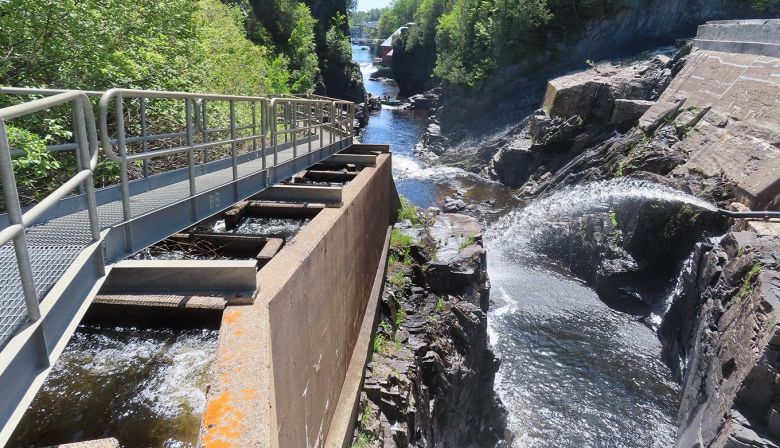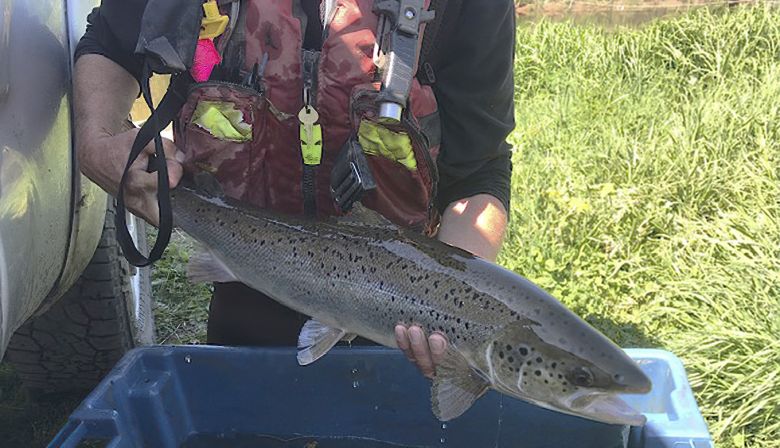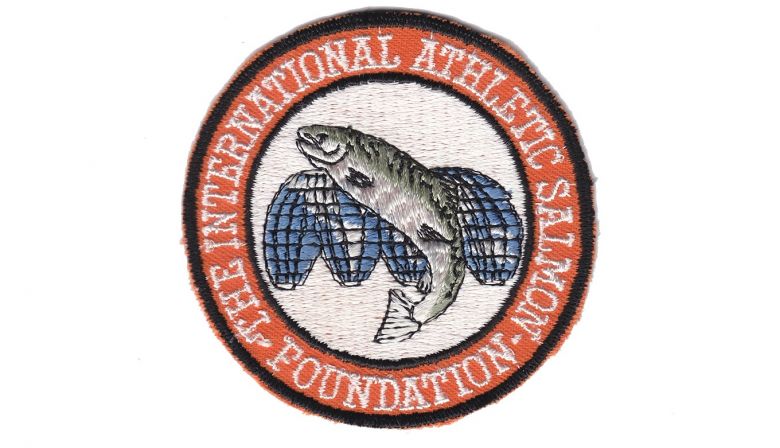
Subscribe & stay up-to-date with ASF


Travel forward 49 years, and with this being the 18th year of ASF’s tracking program, the “Athletic” has a certain truth to it.
Smolts leaving the rivers around the Gulf of St. Lawrence are indeed athletes, swimming at speeds up to 22 km per day. Given their body length of about 16 cm, it means they travelled each day 168,750 body lengths. For us humans, an equivalent distance would be swimming 303 km per day. And that is day after day. They deserve the description of “Athletic”.
Some of the other interesting facts related to our tracking work are found here:
Four Things We Learned from Tracking Atlantic Salmon
As to adult salmon, with enough of a plunge pool beneath a waterfall, they can jump 3.5 metres straight up, and are capable of bursts of speed up to 9 metres per second.
Tough creatures at any size, one should conclude.
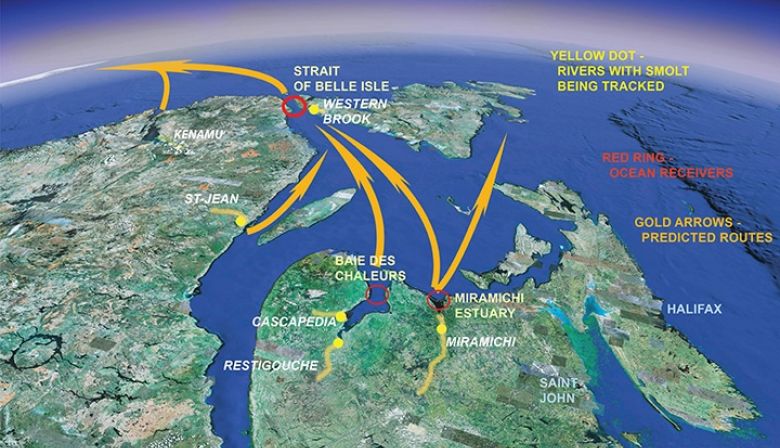
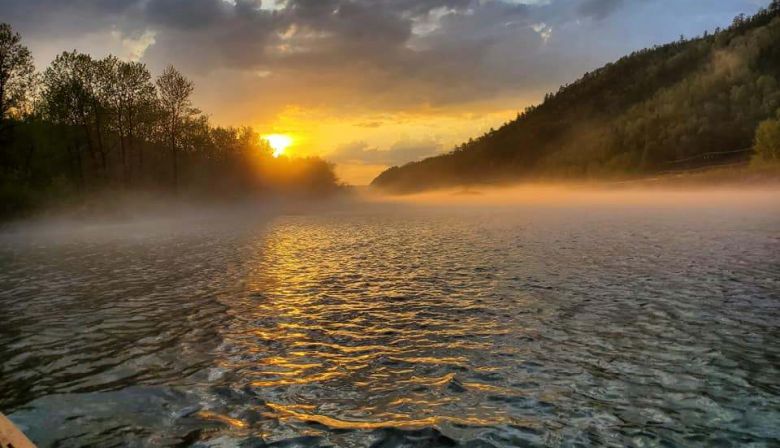
The 2020 angling season is underway with sporadic reports of fish being landed and released. All large salmon must be released until mid-season (July 31st) assessments can be performed. Only if sufficient abundance is present based on optimal spawning requirements can a harvest of large fish take place.
Regardless of the surreal situation around the Covid-19 pandemic, there is good news in the Quebec Atlantic salmon world. A new river is open to angling as of June 15th, the Mistigougèche, which is a tributary of the Mitis river. I will keep you informed on how the inaugural season unfolds. Tight lines to all who will explore this new angling watercourse in 2020. Rivers such as the Rimouski and the Matane also begin their season on June 15.

The Matapedia and Causapscal rivers are coming alive, 5 large salmon have been landed and released on the Causapscal sector 2 since Saturday May 30th including 4 on Monday June 1st.
For up to date information, please visit:
https://rivierematapedia.com/en/peche-information/statistiques.html
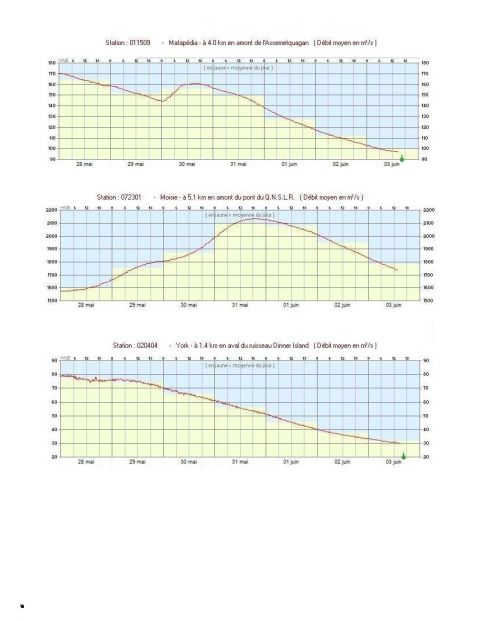
The rivers of the town of Gaspé area providing some sport this week, reports of fish being landed on the York and Dartmouth are very encouraging. Rémi Lesmerises, newly minted DG of the Gaspé Zec reports hooking 3 salmon on the York within 3 straight rotations through his pool on June 2nd

On the North Shore, Ginette Pelletier of the APRM (Moisie River Protection Association) reports angling conditions being difficult to date. This is an understatement when the river is flowing at or about 2,000 cubic meters per second. There have been a few landings reported. I have been told over the years Moisie salmon usually start to take a fly when the flow is between 400 and 500 cubic meters per second.
Tight lines and please register the salmon you release.
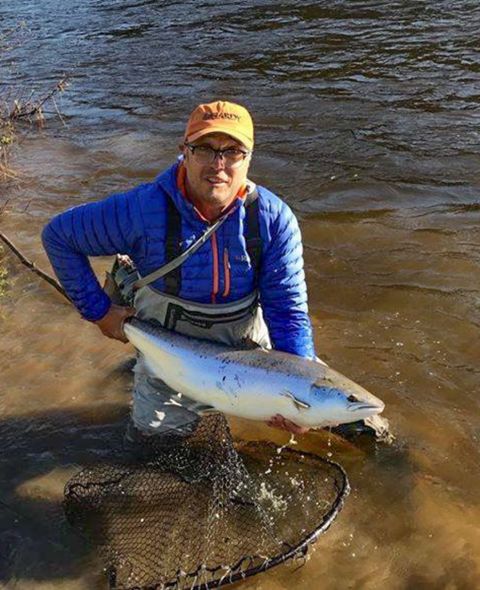
Quelle que soit la situation surréelle entourant la pandémie de Covid-19, il y a de bonnes nouvelles dans le monde du saumon au Québec. Un nouveau cours d’eau s’ajoute à la liste des destinations saumon cette année à partir du 15 juin, la Mistigougèche, un tributaire important de la rivière Mitis. Je vais vous tenir au courant du déroulement et du succès de pêche de cette saison inaugurale. Les rivières telles la Rimouski et la Matane débuteront également leur saison le 15 juin.
En ce moment, sur la plupart des rivières, les débits sont élevés à très élevés, mais sont à la baissent de façon rapide. Les prévisions de la météo pour la prochaine semaine indiquent très peu de précipitation. Mais avec la baisse des débits, une pleine lune vendredi et les grandes marées qui se joignent au phénomène mensuel, les saumons vont vraisemblablement faire acte de présence.
Les rivières Matapédia et Causapscal connaissent un début de saison prometteur, 5 grands saumons ont été graciés dans le secteur 2 de la Causapscal depuis samedi 30 mai dont 4 le 1er juin. Les données journalières sont disponibles en visitant le
https://rivierematapedia.com/peche-information/statistiques.html
Au bureau de la Société Cascapédia, la directrice générale Darlene Sexton et son équipe de gestion s’ajuste aux nouveaux protocoles de santé et de sécurité. Les guides de la Société Cascapédia débuteront leurs activités de pêche ce vendredi 5 juin.
Les rivières de la ville de Gaspé connaissent un bon début de saison. D’après Rémi Lesmerises, le nouveau DG de la Zec Gaspé, pour sa part a vécu un début de saison excitant. Pendant une sortie sur la rivière York le 2 juin, il a piqué 3 saumons dans le cadre de ses 3 rotations de la fosse qu’il fréquentait. Sur la Côte-Nord, Ginette Pelletier de l’APRM (Association de protection de la rivière Moisie) fait rapport d’un début saison difficile à ce jour (un euphémisme lorsque la rivière enregistre un débit d’environ 2 000 mètres cubes par seconde), mais quelques prises ont été signalés malgré les conditions. On m’a souvent dit au fil des ans que le saumon de la Moisie commence généralement à prendre une mouche lorsque le débit se situe dans les environs de 400 à 500 mètres cubes par seconde.
Je vous souhaite bonne pêche en 2020 et soyer des ami(e)s vos rivières en faisant rapport des saumons que vous gracié.
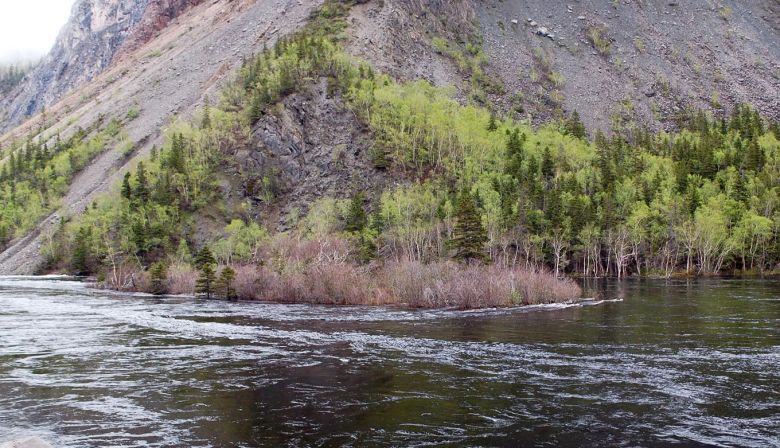
Due to extremely high water levels in Newfoundland since opening day my river report for this week will be short and sweet.
With heavy rain on May 30-31, just prior to the June opening of the season, water levels spike on most rivers throughout the province and as a result most are actually too high to fish.
On the few rivers that fishing is possible anglers are very restricted and can only fish a couple of places. So not surprisingly few fish are being caught anywhere.
There were a couple of fish caught this week at Tidal Pool on Southwest River, including one large one, and one fish on Codroy River. Not exactly the start that most anglers were anticipating in 2020.
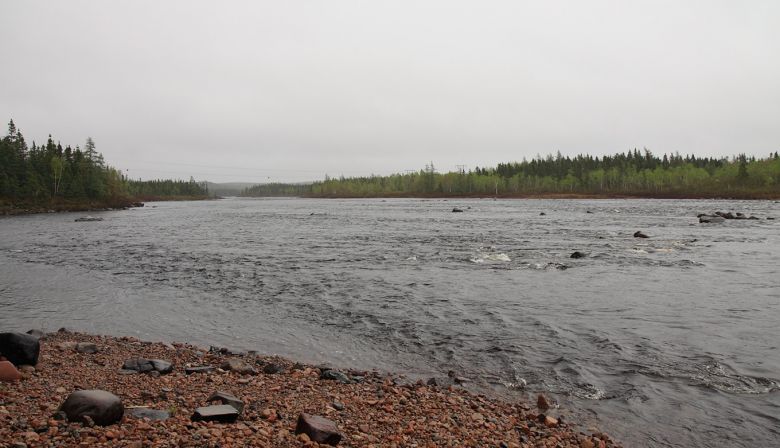
In addition, the provincial government’s contingent of fish and wildlife officers are currently on patrol.
The level of enforcement being maintained in 2020 is certainly good to see.
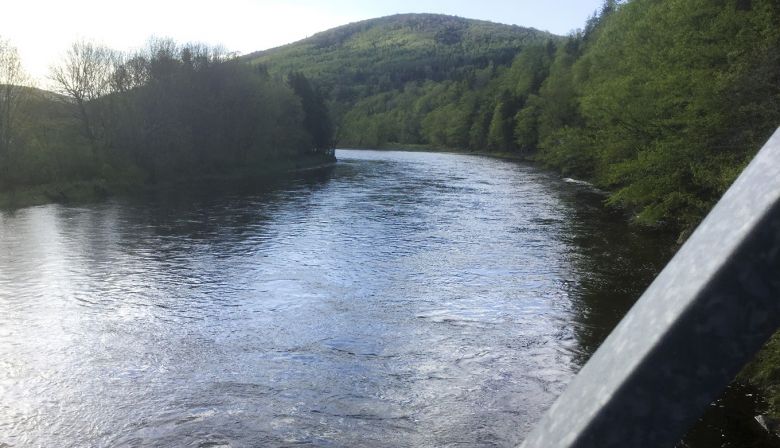
Greg Lovely, writing earlier in the week, notes:
I am just back from a quick fish in the rain and there are still some nice trout feeding on mayflies. We have had a gentle rain for the past 12 hours or so which is maintaining high water levels in the Margaree River.
The water quite clear, although very high. No one can cross the river anywhere. All the tributaries I saw on about 20 km of river were running clear, which is nice to see.
There was one single car parked at the Snag pool, with a local guide fishing, and that’s it.
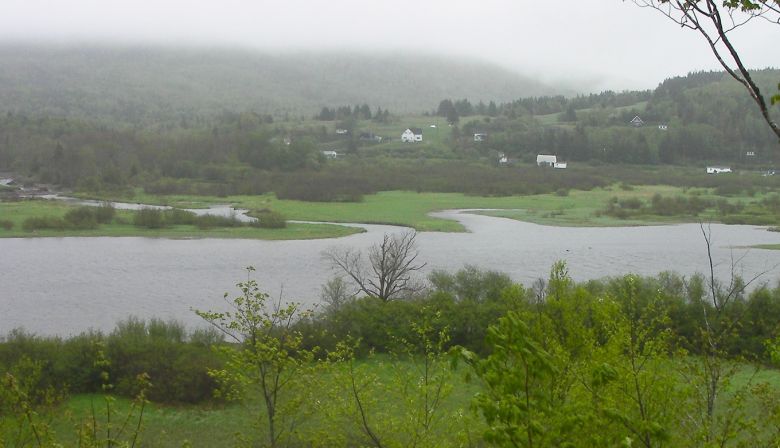
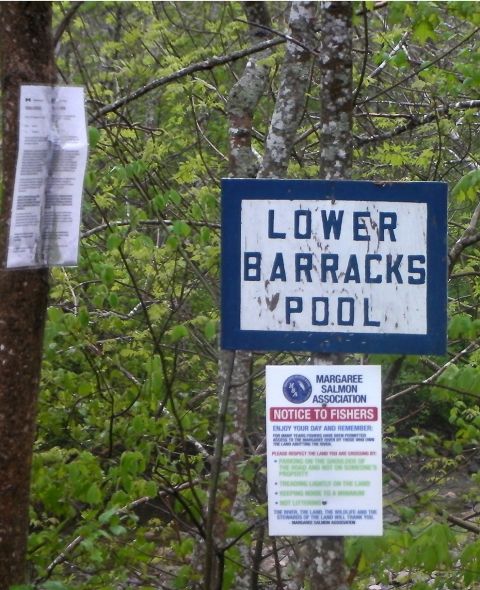
As of June 1, there have been 230 large salmon and 3 grilse, plus 2 additional large salmon at Orono, for 235 so far. This is one of the better years since counts were initiated in the late 1970s.
This year, due to the Covid-19 pandemic, Atlantic salmon are released above the Milford Dam to continue their journey upstream to spawning streams in the headwaters, and are not being collected as broodstock for the hatchery at East Orland. This practice of releasing the salmon will continue at least until mid-June.
Something especially exciting was one male large salmon that is a repeat spawner, making his way back from distant feeding grounds for a second time.
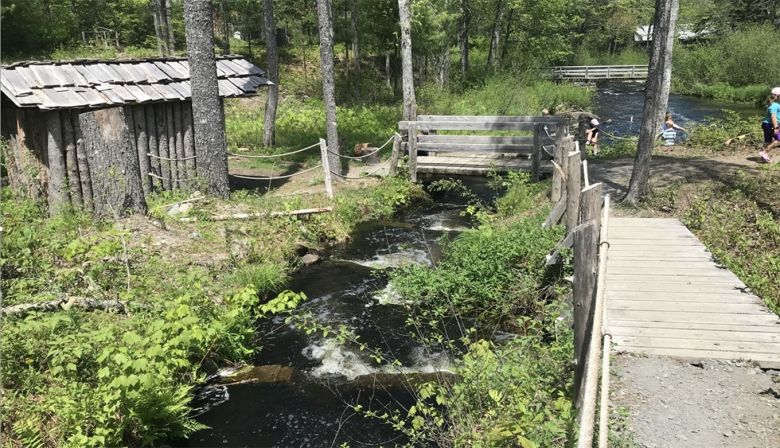
Other Maine Rivers
Emma Christman is working this year as a Maine Headwaters Project intern, and has been visiting a variety of sites of interest in the past week. She is a student at Bates College, with a double major in biology and geology.
I’ve been visiting Maine Headwaters Project sites in the Penobscot and Sheepscot drainages, looking for presence of alewives, among other species, and taking measurements as to the current conditions at the sites. Overall, fish are successfully migrating upriver at all sites. Leonard’s Mills fishway, along Blackman Stream, a tributary of the Penobscot looked great!
Similarly, at the Pushaw Dam, lots of fish were spotted using the denil fishway.
I also visited the Coleman Pond site, which is a naturalized pool plus weir on the Ducktrap River in Lincolnville, completed in 2013. Alewives were readily moving through this system, totalling in the hundreds.
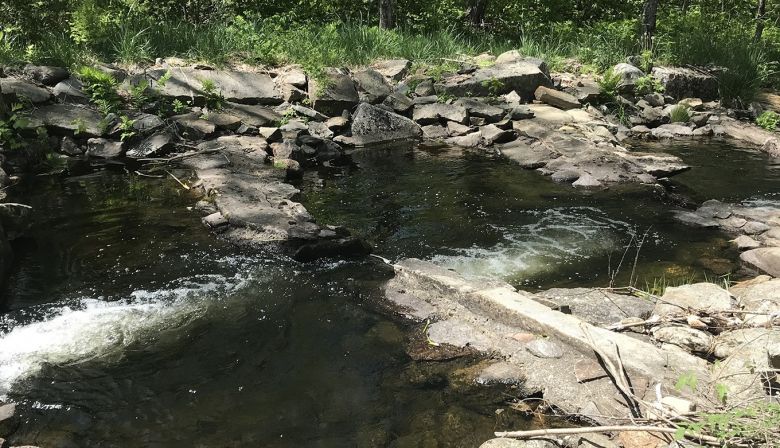
Emma Christman continues:
On the Sheepscot, I was able to get out and take a look at Cooper’s Mills, Head Tide Dam, Branch Pond Dam, and the Bedframe fishway. Branch Pond is at the headwaters of the Sheepscot and typically river herring are spotted below the dam however they were held up at an obstructed fishway farther downstream. To fix the problem, I worked with DMR biologist Jen Noll to remove the large rocks and after the fix, several alewives and a lamprey were seen to move upwards through the fishway. A fishway is slated to be constructed at Branch Pond Dam in 2021. At Cooper’s Mills, where the dam was completely removed in 2018, alewives could be seen moving through, an encouraging sight in a place where passage was not possible two years prior.
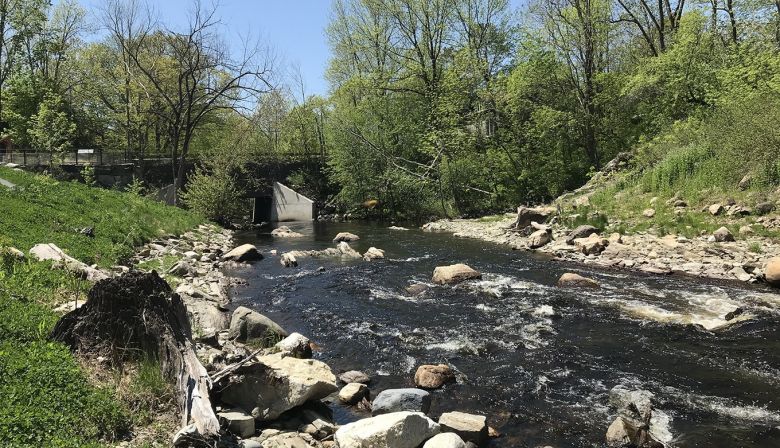
The numbers continue to rise. As of June 1 there had been 8 large salmon and 1 grilse. These salmon are being trucked to the Sandy River, where excellent spawning grounds are located.
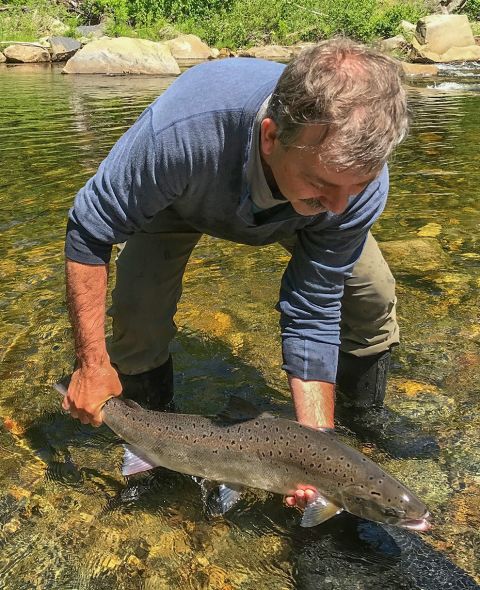

He notes that the water is falling, but still at good levels.. Many of the camps are not open, and some may not open at all this year.
On the Miramichi, Debbie Norton notes that a few bright salmon are being caught, noting one brought in by Jason Curtis near Blackville.
Meanwhile the striped bass are again open to fishing, and Debbie Norton noted there seemed to be more large bass than in previous years.
Note that the 2020 Fishing Guide for NB is online at:
https://www2.gnb.ca/content/dam/gnb/Departments/nr-rn/pdf/en/Fish/Fish.pdf
